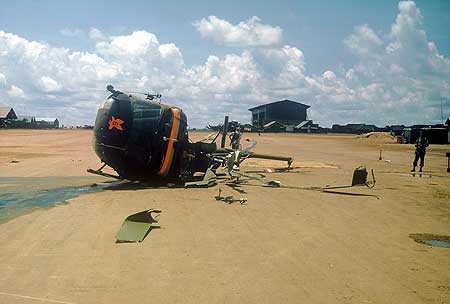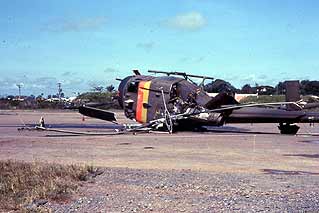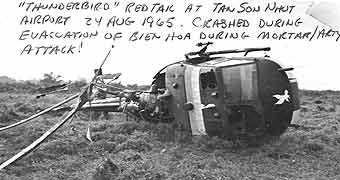|
"I was a Flight Commander
for C-10 flight at Downing Heliport at Ft. Wolters in very early
1970(Jan-Feb). My flight, C-10 was selected to train the SECOND
all Vietnamese(VNAF) flight class. C-12 had begun to train FIRST
all Vietnamese flight class only a couple weeks earlier ."
"The second class had 35 Vietnamese
students. They had received English language training and some
classroom instruction on flying and in particular flying in the
TH-55, manufactured by Hughes. This had taken place before they
arrived for their flight training. Most of the students could
understand and read English, barely! Many had a more difficult
time of speaking English. No doubt the English training emphasized
the written English more than the spoken. This "handicap"
would play a big part in getting them soloed because their standard
reply to an instructor when asked if they understood instructions
was, 'Yes, Sir!' It never seemed to be 'No, Sir!' They didn't
understand English nor could they speak it sufficiently to be
able to verbalize their questions. All to them were highly motivated
and probably 'scared as hell!' "
"The instructor pilots assigned
to C-10 were almost all U.S. CW2's. A couple were not that experienced
as IP's. All however, had all flown a tour in Vietnam. To deepen
the IP experience of C-10, the C Division Commander, COL Thaxton,
infused about 6-7 Southern Airways IP's in C-10. These men each
had several years of experience instructing students and much
more experience in Primary techniques and training.(first 50
hours)."
"The English language was the
biggest obstacle for the VNAF students. Mechanically, they seemed
to understand the systems and were able to manipulate the controls
of the TH-55. But, understanding instructions from their IP was
the problem. Many would become confused and panic stricken if
something didn't go right. Most of them had difficulty with orientation
while in the air or in the traffic pattern at the stage field.
To help with this, we devised continues classes when not in the
cockpit. For instance, when I was in the tower at the stage field,
I would bring from 2-4 VNAF students to instruct. I would teach
and quiz them about where each helicopter was, ie. final approach,
base leg, downwind leg. In addition, they had to identify lane
numbers, pad numbers, take-off pad, etc. This drill was also
repeated and re-repeated in the stage field "house"
on a chalk board by some of the IPs. It seemed, if we could keep
them oriented to and from the stage field from Downing, and while
in the flight pattern at the stage field, the less excited and
less likely to panic they would be when they soloed! It worked!"
"Our techniques seemed to work
because we soloed 32 of the 35 students. It was a wild ride,
too, because the last 8-10 students were marginally capable of
soloing. As flight commander, I had to ride with most of them
and make THE decision. I would wait until EVERY other TH-55 had
departed the stage field for Downing and then ride around the
pattern with the student once or twice to help make the decision.
I may have ridden with the student before when an IP would wanted
someone else to check him out. The fire truck would remain as
well as someone in the tower(usually his IP). If I thought he
was able to solo after a couple times around the pattern, I would
sit him down on the take-off pad, on lane 1 or 2, and get out.
His IP would be in the tower and establish radio contact. I would
then unplug my helmet and head for the tower. The IP would talk
him to a hover and off he would go! It was sometimes very scary
for us all."
"Those last students to solo
were often approaching 25+ hours of instruction, I think. They
had to solo by 25 hours or be washed out and return to Vietnam.
They had a lot of pressure on them and their pride and "face"
was on the line. Of the 35 students in that second all Vietnamese
class, 32 soloed. Of the three who did not....two tried to commit
suicide in their barracks. They just were not willing to go back
to Vietnam marked as a 'failure'."
|
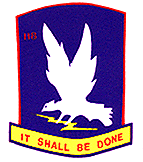

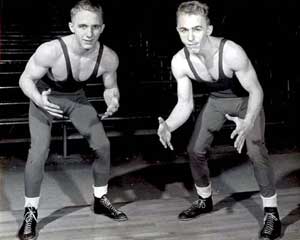
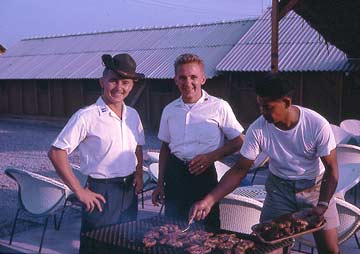
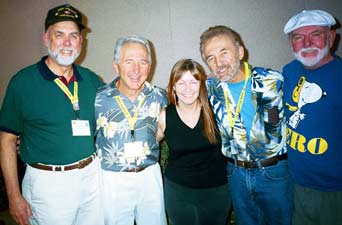
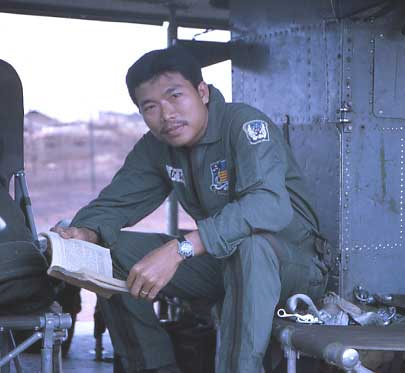
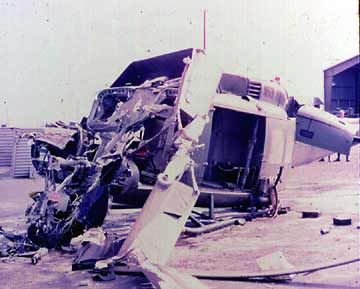
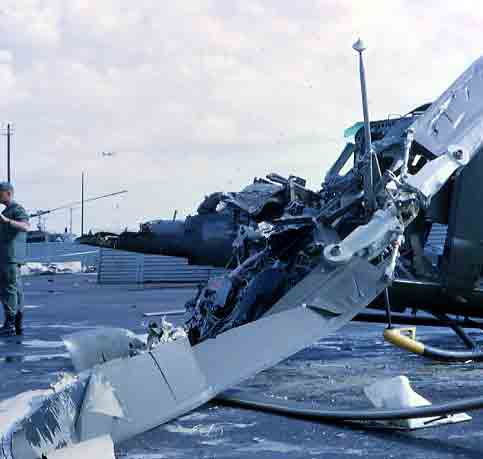
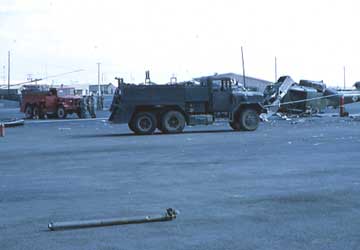


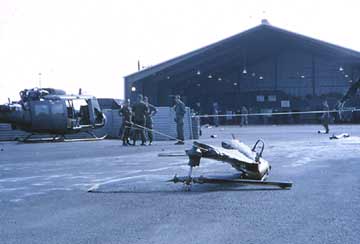
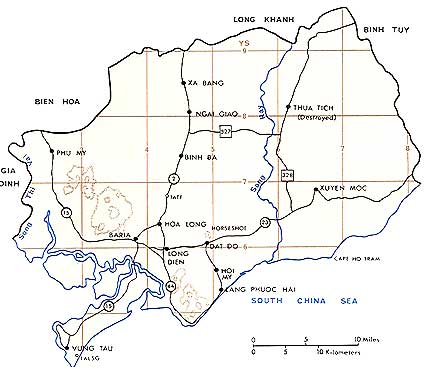
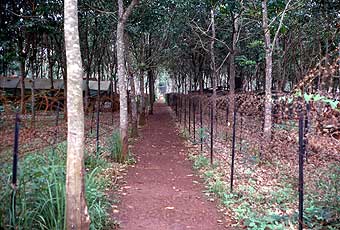
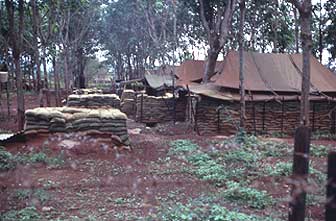
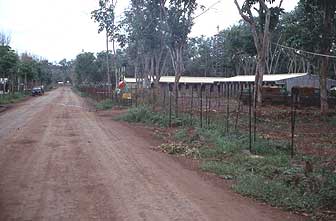
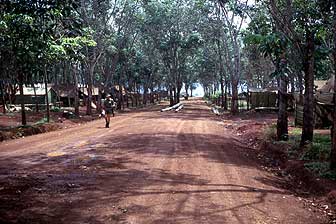
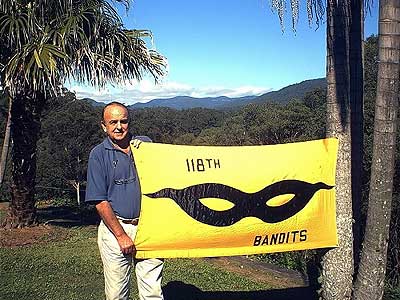
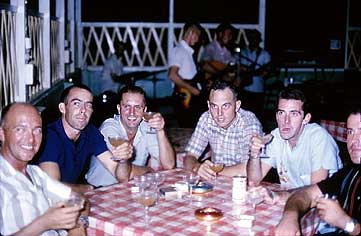
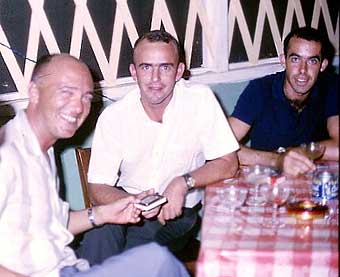
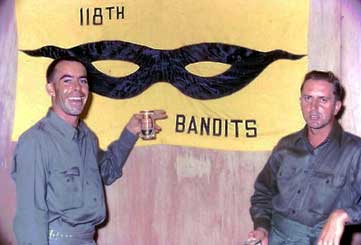
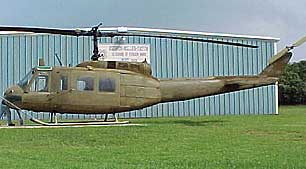
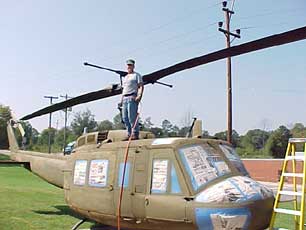
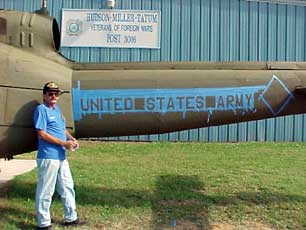
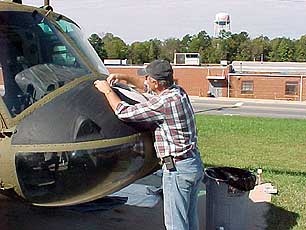
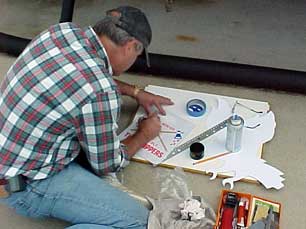
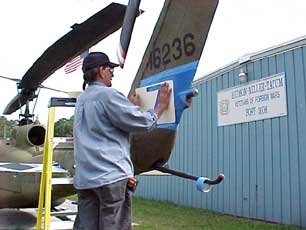
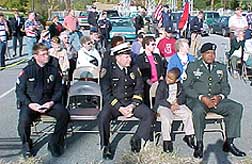
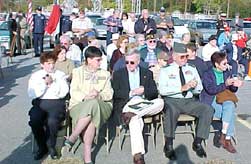
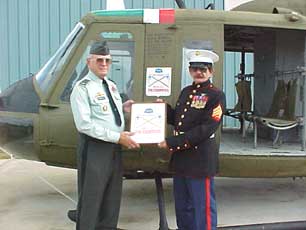
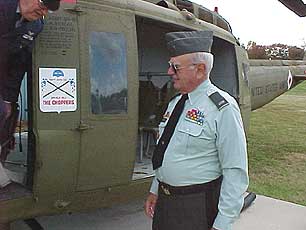
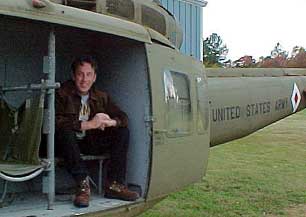
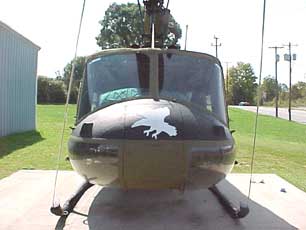
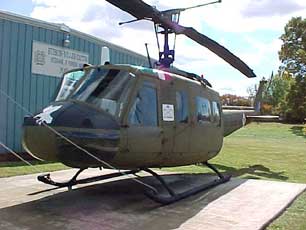
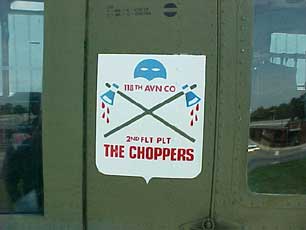
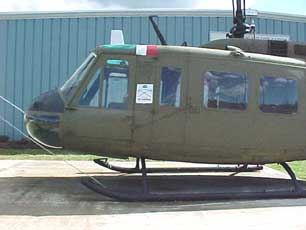

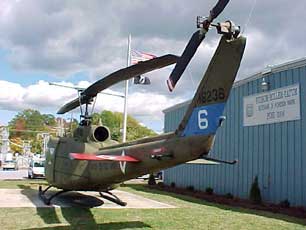


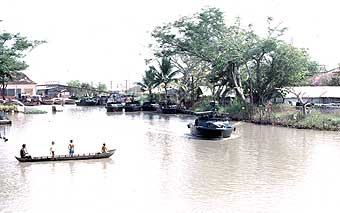
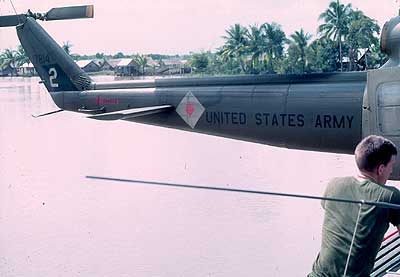
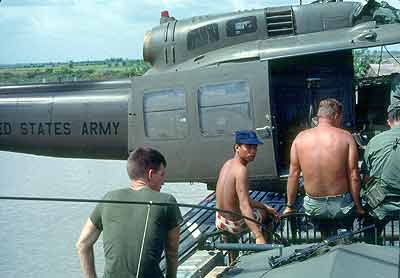
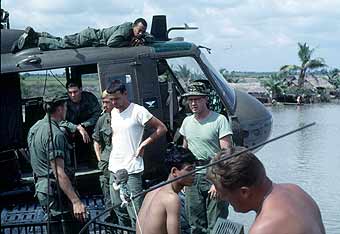
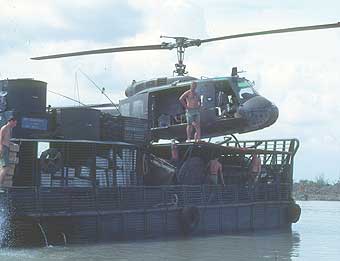
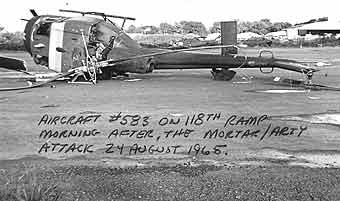 (Photo
courtesy Joe D. Newsome)
(Photo
courtesy Joe D. Newsome)